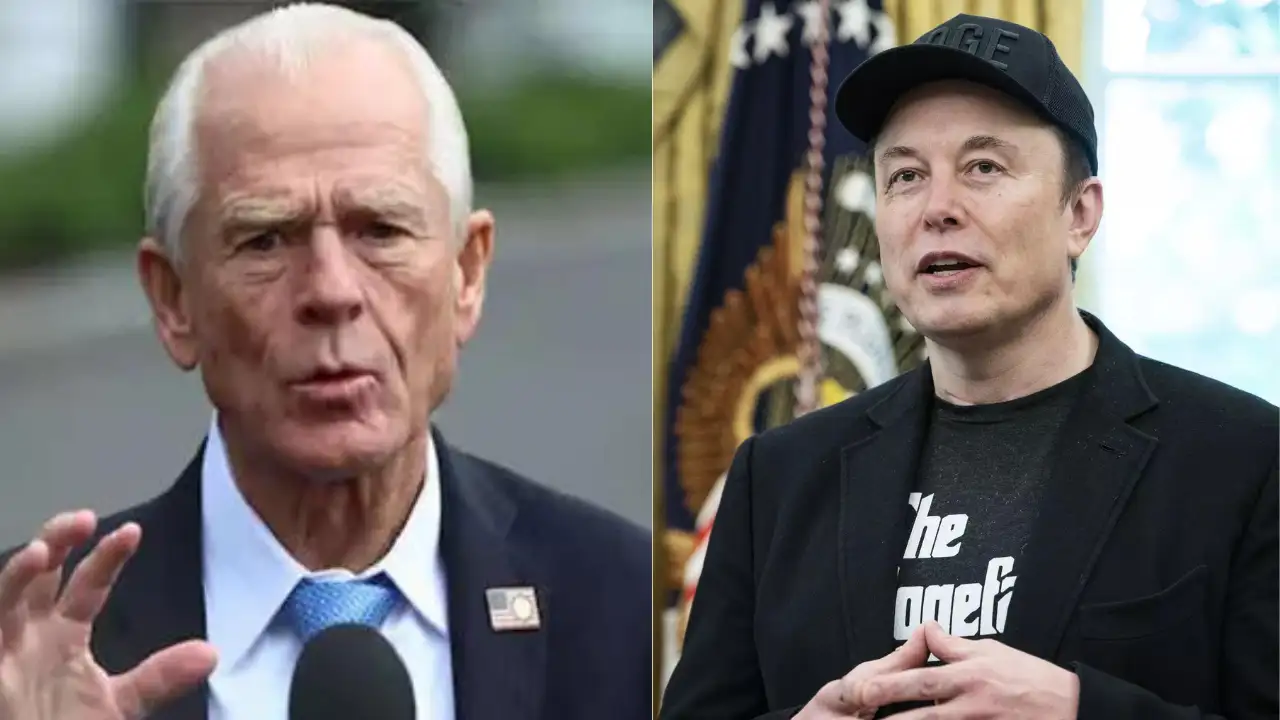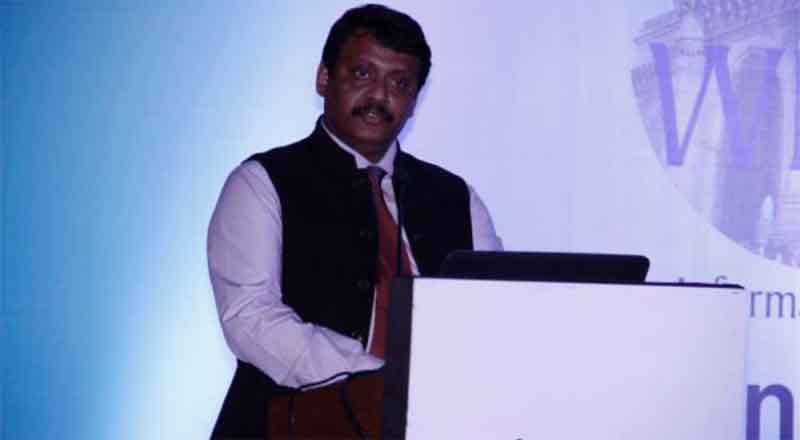
Microsoft's AI-Driven Reorganization Leads to 6,000 Job
Microsoft has announced its largest job reduction since 2023, laying off approximately 6,000 employees, or 3% of its global workforce. This strategic realignment aims to accelerate AI investments and streamline operations, with Washington state, particularly Redmond, bearing the brunt of nearly 2,000 cuts in software engineering and product management roles.
These layoffs coincide with Microsoft's significant push into AI infrastructure, earmarking $80 billion for FY2025 to expand data centers and AI capabilities. While executives cite the need for agility and reduced managerial layers, the departure of key technical talent, including Director of AI Gabriela de Queiroz and senior TypeScript engineer Ron Buckton, raises questions about the impact on Microsoft’s core technical ecosystem. The cuts span divisions like Xbox and LinkedIn, affecting both in-office and remote staff.
Analysts suggest that while AI is a stated reason, reducing management bloat from pandemic-era overhiring is a more plausible motive, mirroring a broader tech industry trend towards leaner operations. Despite exceeding Wall Street expectations in Q1 2025, Microsoft is tightening its structure, implementing controversial policies like a two-year rehire ban for performance-related exits.
The layoffs carry a significant human and community cost, with local businesses in Redmond feeling the impact. Developer communities and investors also express concern about long-term innovation given the loss of engineers from critical projects. Ultimately, the estimated $1.4 billion in annual savings seems symbolic compared to the vast AI investment, signaling fiscal discipline. Microsoft's pivot reflects industry evolution, but balancing innovation with workforce culture remains its toughest challenge.











